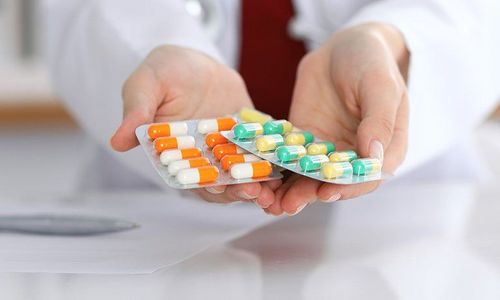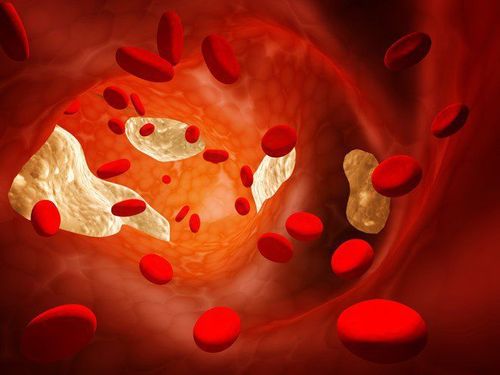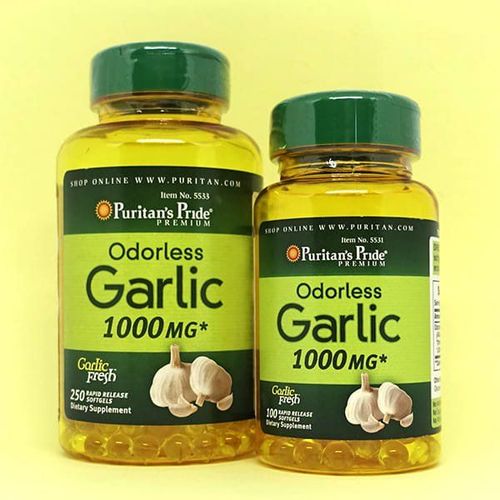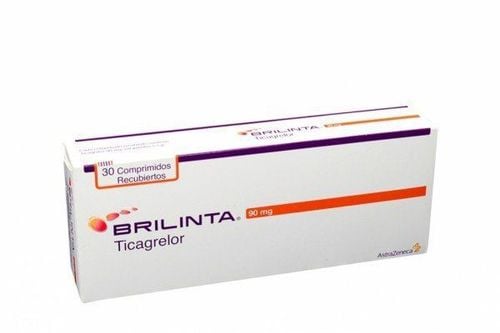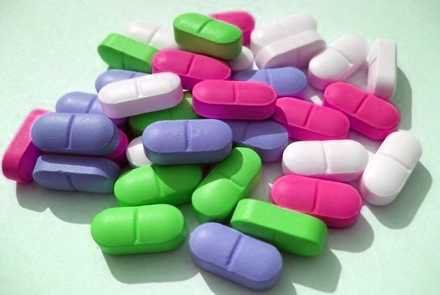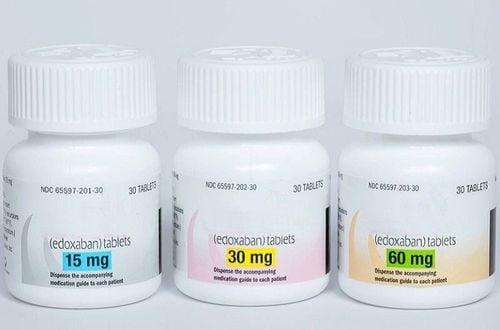This is an automatically translated article.
Claudication is an intermittent pain in a certain muscle group in the body, usually occurring when the patient is active. The main cause of claudication is atherosclerosis. It is necessary to detect early signs of claudication and go to the hospital for treatment to avoid serious effects of the disease.1. What is claudication?
Claudication is also known as intermittent pain. The patient will have painful contractions, tightness, extremely uncomfortable aches and pains in muscle groups such as calf muscles, hip muscles, buttock muscles...The pain often occurs when the patient is active, The more you move, the more severe the pain is. The patient will feel comfortable, the pain will decrease with rest.
Claudication is often one of the symptoms of peripheral artery disease, because the arteries in charge of supplying blood to the muscles are narrowed, the limbs do not receive enough blood leading to pain.
2. Intermittent pain signs
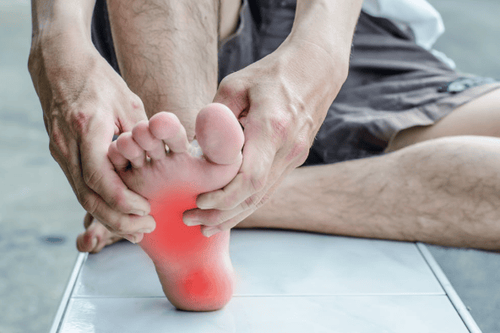
Đau nhức bàn chân là một trong những dấu hiệu đau cách hồi
Feeling of heat burning, tingling under the skin; People who are tired, exhausted; Cold feet at night; Sore feet; Skin sores; Hair loss. If the pain occurs continuously, especially when moving, accompanied by some of the above symptoms, it is necessary to immediately think of claudication, diseases related to blood circulation, peripheral arteries.
3. Causes of claudication pain
As noted, claudication is one of the basic symptoms of peripheral artery disease. When having peripheral artery disease, the blood supply to the extremities will be reduced, the limbs that are not supplied with enough blood are gradually damaged, leading to pain. This is the result of atherosclerosis, when too much cholesterol builds up in the artery walls, hindering the flow of blood.In addition, claudication can also be a symptom of peripheral neuropathic pain, deep vein thrombosis, musculoskeletal disease, spinal stenosis ...
The elderly, especially those with urinary tract diseases Diabetes, obesity have a high risk of claudication. Smokers are also very susceptible to the disease.
4. Treatment of claudication pain
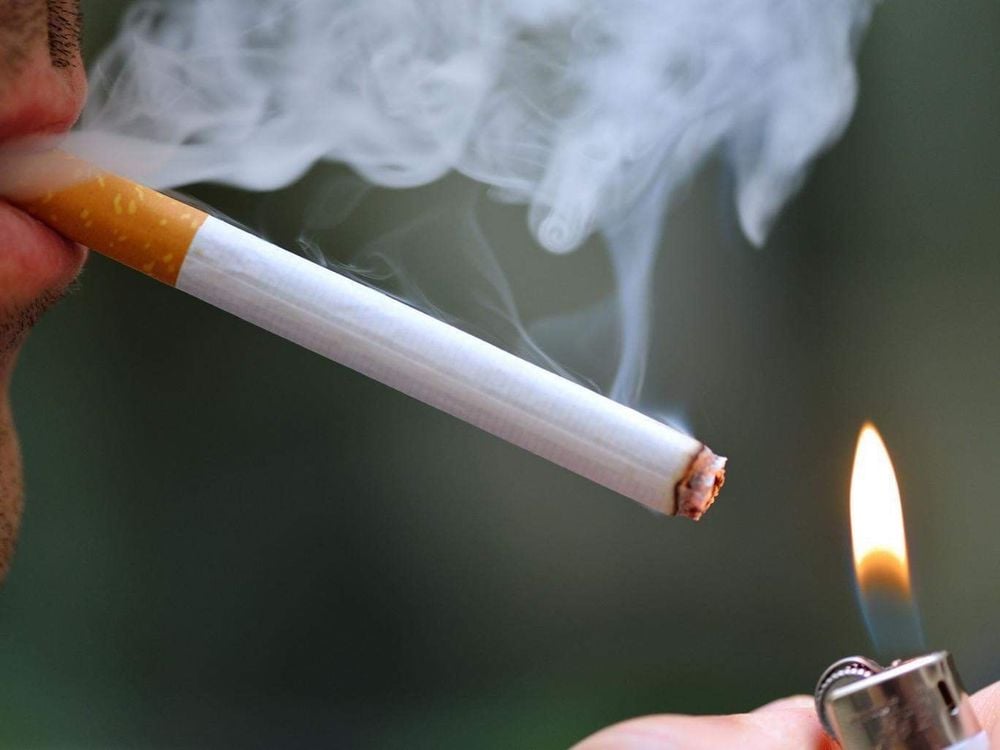
Không hút thuốc lá để ngăn ngừa nguy cơ mắc đau cách hồi
4.2. Appropriate living mode Limit vigorous exercise, activities that can cause damage to the legs and feet; Control weight, control diabetes, blood pressure, blood cholesterol; No smoking; Gentle exercise to increase blood circulation; Raise the head of the bed about 10-15cm above the leg so that the heart is higher than the leg, blood can easily go to the extremities; Have a healthy, well-balanced diet.
Please dial HOTLINE for more information or register for an appointment HERE. Download MyVinmec app to make appointments faster and to manage your bookings easily.




